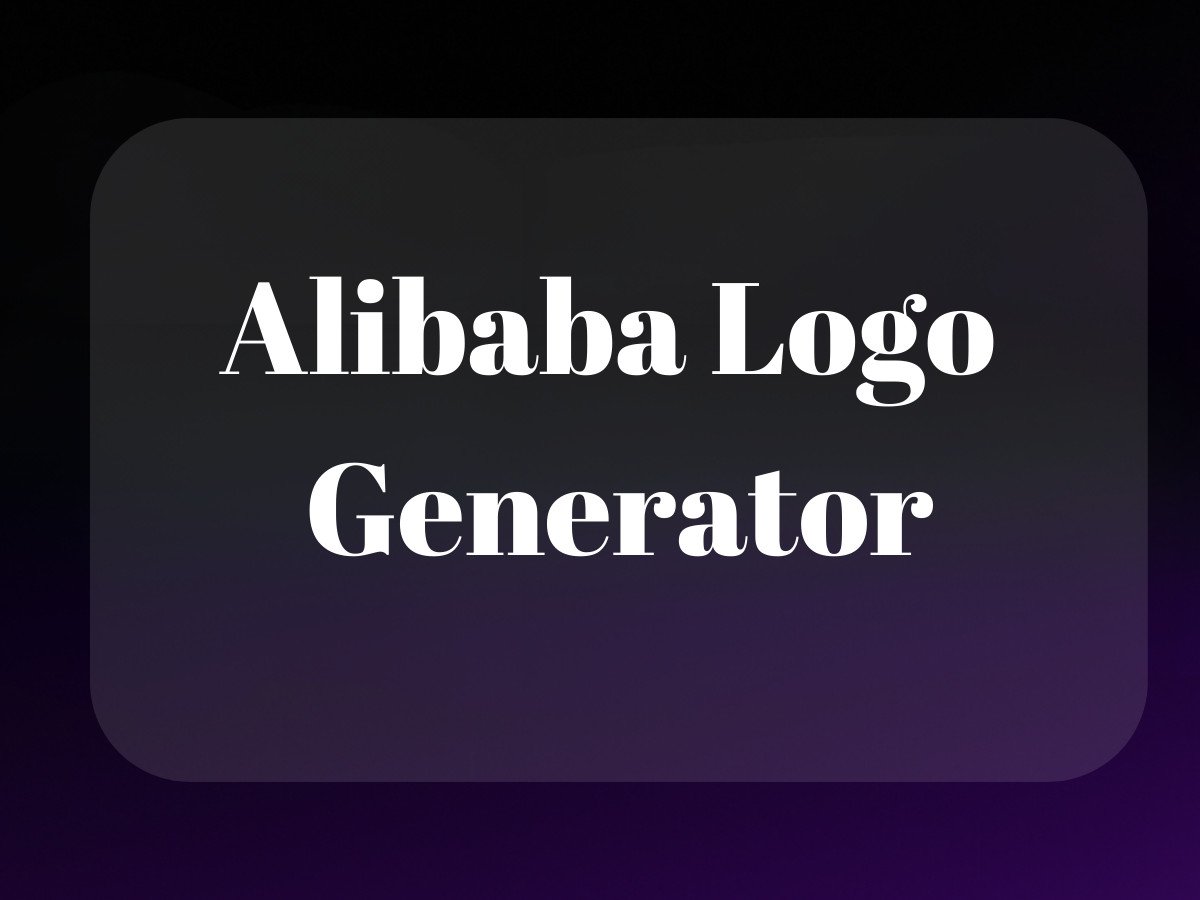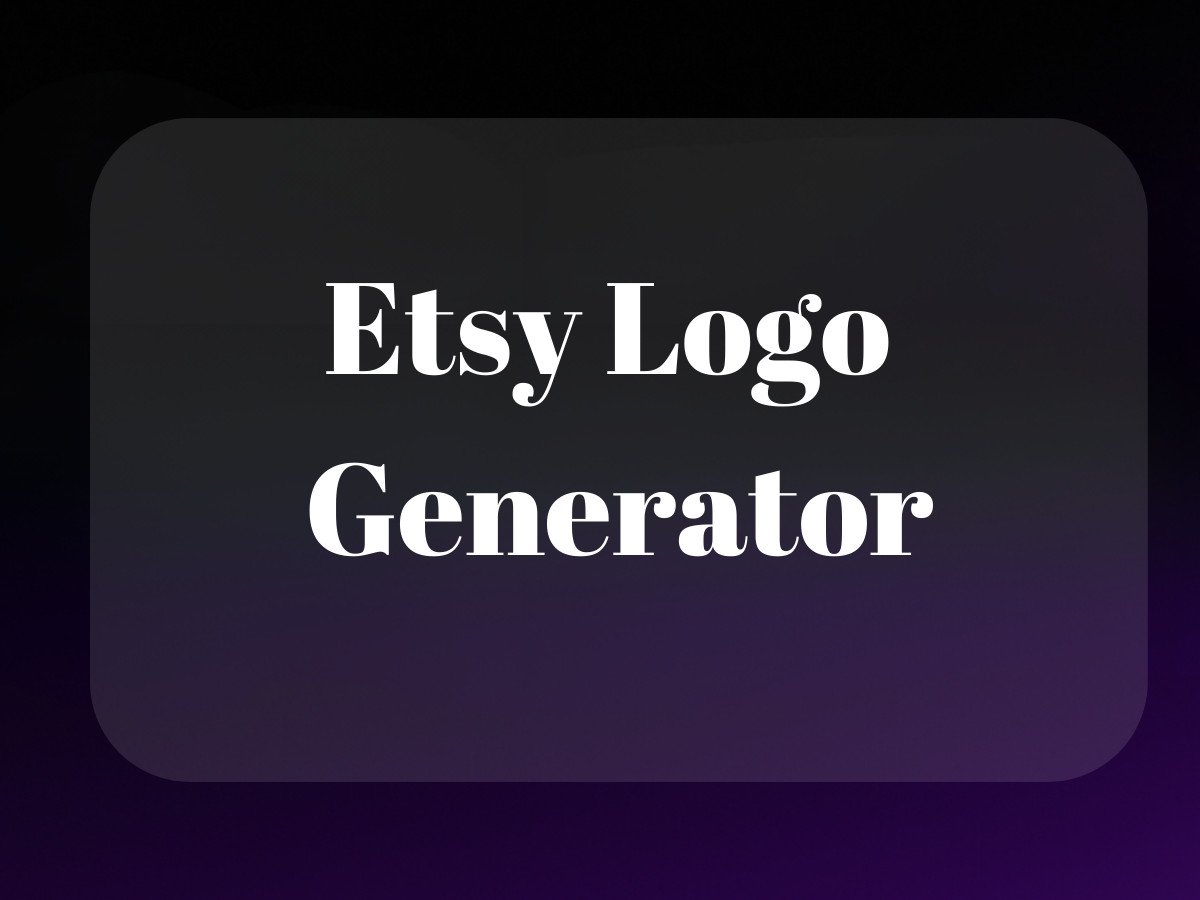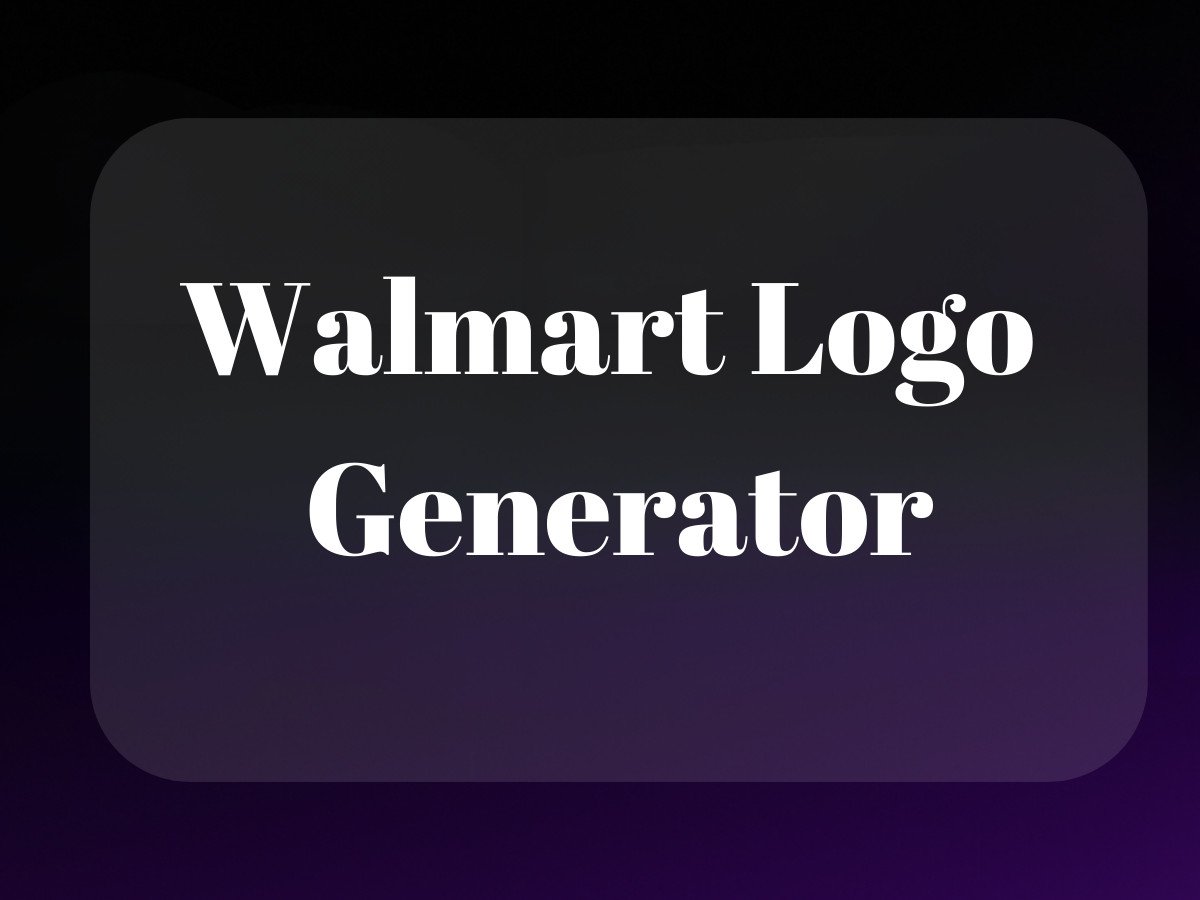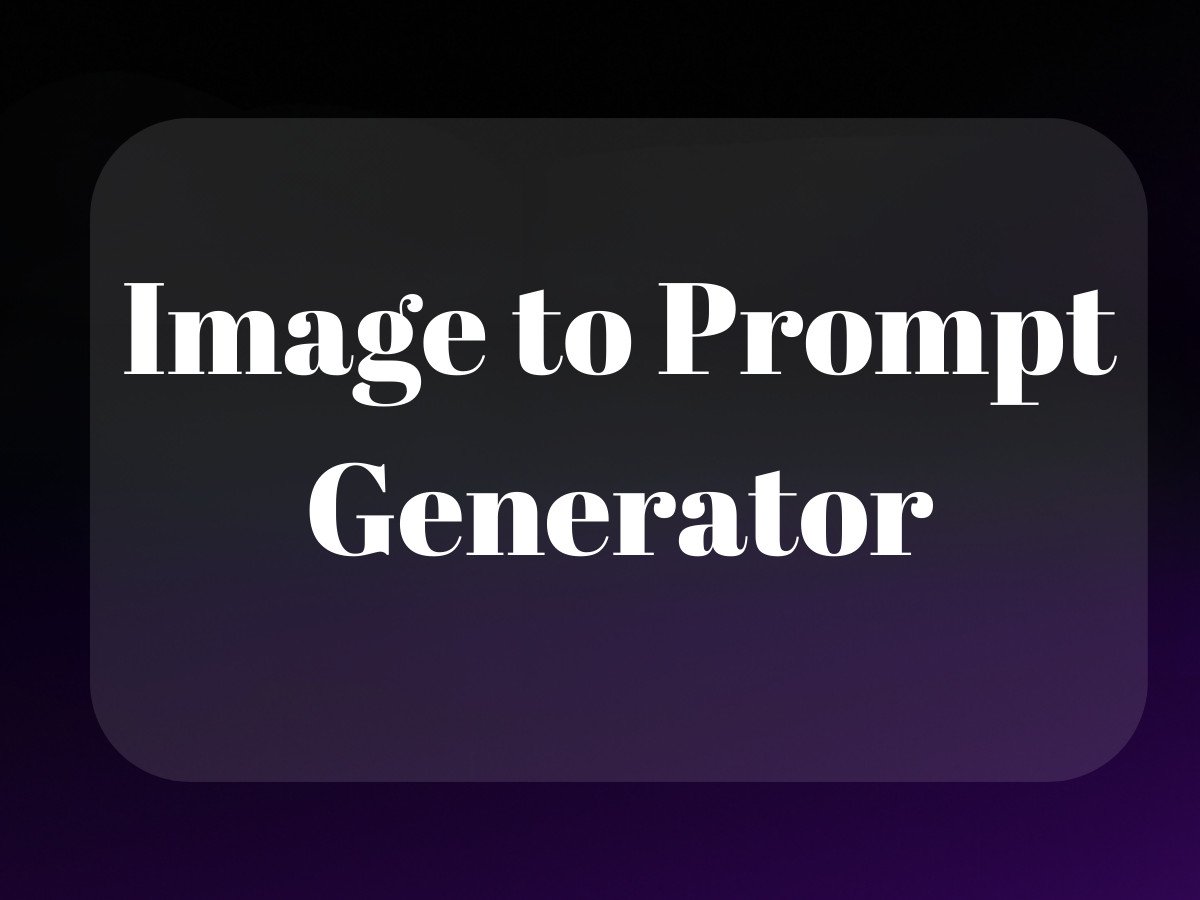Ever noticed how everyone seems obsessed with Amazon return pallets lately? From TikTok unboxing videos showing “$10,000 worth of products for $500!” to YouTube channels dedicated to “pallet flipping,” it’s like we’ve discovered some hidden treasure chest of retail arbitrage. But here’s the thing – while some folks are making bank, others are getting burned faster than yesterday’s coffee.

As someone who’s spent the last decade deep in the ecommerce trenches (and watched countless entrepreneurs navigate these waters), I can tell you that buying Amazon return pallets isn’t quite the get-rich-quick scheme some make it out to be. It’s more like playing poker – you need strategy, patience, and yeah, sometimes a bit of luck.
But don’t let that scare you off. With the right approach, buying Amazon return pallets can be a legitimate business opportunity. Whether you’re a seasoned reseller looking to diversify or someone just dipping their toes into the world of retail arbitrage, this guide will help you navigate the sometimes murky waters of pallet buying.
Understanding Amazon Return Pallets: The Good, The Bad, and The Surprising
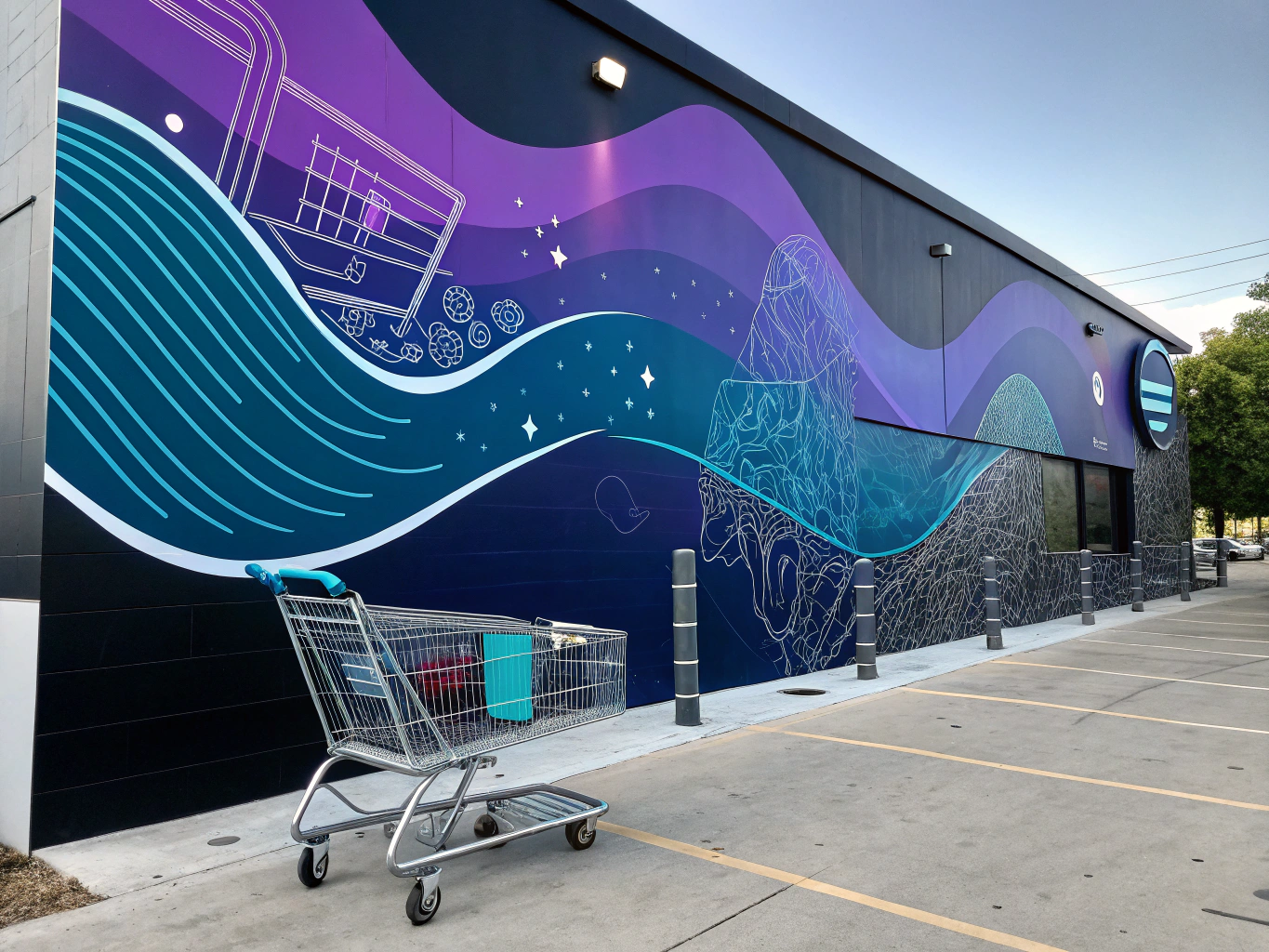
First things first – what exactly are we talking about here? Amazon return pallets are exactly what they sound like: pallets loaded with items that customers have returned to Amazon. These could be anything from unopened electronics to slightly used home goods, bundled together and sold at a fraction of their retail price.
Think of it like buying a mystery box at an estate sale, except this one’s on steroids. The contents can range from pure gold (brand new iPads still in their packaging) to absolute duds (broken blenders and mismatched socks). The key is understanding that you’re buying into both opportunity and uncertainty.
Types of Return Pallets You’ll Encounter
Not all Amazon return pallets are created equal. Here’s what you might find in the wild:
- Category-specific pallets (electronics, home goods, fashion)
- Mixed merchandise pallets (variety of categories)
- Seasonal pallets (holiday returns, summer items)
- Condition-specific pallets (new, like-new, damaged)
The Real Cost of Amazon Return Pallets
Let’s talk numbers, because “how much does it cost to buy an amazon return pallet” is probably the question keeping you up at night. The truth? It varies wildly, but here’s a rough breakdown:
- Entry-level pallets: $200-500
- Mid-range category-specific pallets: $500-2000
- Premium pallets (electronics, luxury items): $2000+
But here’s what nobody tells you about in those flashy YouTube videos – the hidden costs. Shipping can easily add 20-40% to your purchase price. Then there’s storage, sorting time, testing equipment, and don’t forget about the cost of disposing of unsellable items.
Is the Amazon Return Pallet Business Legit?
Short answer: Yes. Long answer: It’s legitimate but complex. When people ask “Is the Amazon return pallet legit?” what they’re really asking is “Can I make money doing this?” The answer depends on your approach, resources, and expectations.
Think of it like opening a restaurant – the business model is proven, but your success depends on execution, location, and a hundred other factors. Some people are crushing it, making 50-100% ROI on their pallets. Others are struggling to break even.
Risks and Rewards of Purchasing Low-Cost Pallets
The affordability of an $85 Amazon return pallet makes it an attractive entry point into the liquidation market. However, buyers should weigh the risks and rewards carefully before diving in.
Pros of Buying $85 Amazon Return Pallets
- Low Initial Investment – Unlike higher-end pallets, an $85 Amazon return pallet requires minimal upfront capital, making it ideal for new resellers.
- Testing the Resale Market – Buying a budget-friendly pallet allows sellers to experiment with liquidation sales without significant financial commitment.
- Minimal Financial Risk – If the pallet doesn’t yield a high return, the loss is manageable compared to larger investments.
Cons of Buying $85 Amazon Return Pallets
- Higher Likelihood of Unsellable Items – Lower-priced pallets often contain a mix of damaged, defective, or missing-part products.
- Limited Profit Margins – Unlike high-value electronics or brand-new items, cheaper pallets may include items with lower resale value.
- Unpredictable Product Assortment – Without a detailed manifest, buyers may receive miscellaneous or seasonal goods that don’t align with their target market.
Comparison Matrix: Should You Buy a $85 Amazon Return Pallet?
| Factor | $85 Amazon Return Pallet | Higher-Priced Pallets |
|---|---|---|
| Investment Cost | Low | High |
| Profit Potential | Moderate | High |
| Risk Level | High | Moderate |
| Product Quality | Uncertain | Better Condition |
| Resale Value | Lower | Higher |
While an $85 Amazon return pallet can be a great way to test the liquidation business, it’s important to manage expectations and develop a strategy to maximize profitability.
Where to Buy Amazon Return Pallets: Your Complete Sourcing Guide

Let’s get real about buying Amazon return pallets – it’s not as simple as clicking “add to cart” on Amazon itself (wouldn’t that be nice?). The process is more like treasure hunting, except you’re dealing with liquidation marketplaces instead of ancient maps.
I’ve spent years helping ecommerce brands optimize their operations, and I can tell you that sourcing return pallets is equal parts science and art. The good news? There are multiple legitimate channels where you can buy amazon return pallets – each with its own quirks and opportunities.
Official Amazon Liquidation Channels: The Direct Route
Think of B-Stock as Amazon’s official yard sale platform. It’s where Amazon directly liquidates their returns through a marketplace called “Amazon Liquidation Auctions.” Getting approved here is like getting into a exclusive club – you’ll need proper business documentation and patience during the verification process.
What makes B-Stock interesting is that you’re buying directly from the source. No middlemen, no mysterious supply chains. Just pure, unadulterated Amazon returns. The catch? Competition can be fierce, and you’re often bidding against experienced buyers who know exactly what they’re doing.
Third-Party Liquidation Platforms: The Wild West of Returns
Now, this is where things get interesting. Platforms like Liquidation.com, Direct Liquidation, and 888Lots are like the Amazon marketplace of… well, Amazon returns. Each has its own personality:
- Liquidation.com: The OG platform with a massive selection but requires careful due diligence
- Direct Liquidation: Known for transparency in their manifests
- 888Lots: Specializes in smaller lots, perfect for testing the waters
- BlueLots: The new kid on the block with a tech-forward approach
- UpLiquidation: Often has competitive pricing but limited selection
The Step-by-Step Process: How to Buy an Amazon Return Pallet
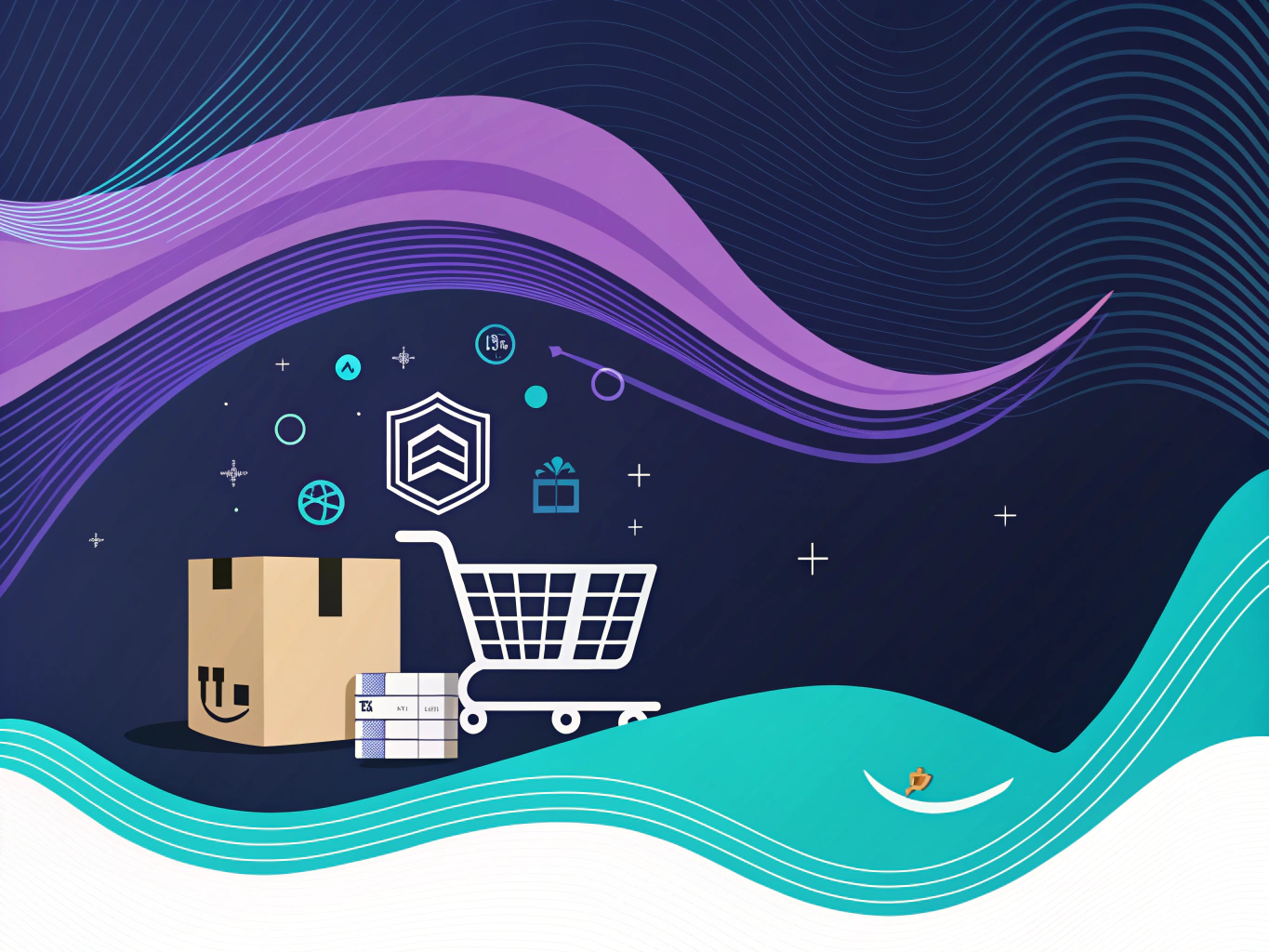
Remember that intern analogy I love using for AI? Well, buying return pallets is like training a new employee – you need systems and processes in place before you start, or things can get messy fast.
Business Setup Requirements: The Foundation
First things first – you need to be legit. That means:
- A registered business entity (LLC is most common)
- Reseller’s permit or tax ID
- Business bank account
- Storage space (your garage might work initially, but think bigger)
Skip these steps, and you’re building a house on sand. Trust me, I’ve seen too many eager entrepreneurs try to cut corners here only to face headaches later.
Account Creation and Platform Verification
Each platform has its own verification process, but they all want to know you’re serious about this business. Expect to provide:
- Business registration documents
- Tax certificates
- Government-issued ID
- Proof of address
Pro tip: Keep digital copies of everything organized and ready to go. You’d be surprised how often you’ll need to re-upload these documents across different platforms.
Finding the Right Pallets: The Art of Selection
This is where the real fun begins. Looking for amazon pallets for sale is like being a kid in a candy store – except some of the candy might be broken, and you can’t always see what’s inside the wrapper.
When searching through amazon liquidation stores or browsing amazon liquidation pallets, focus on:
- Category expertise (stick to what you know)
- Manifest accuracy (if provided)
- Return reasons (they tell a story)
- Condition grades (know your A’s from your C’s)
- Price per item (do the math!)
Bidding Strategies: Don’t Get Caught in the Heat
Whether you’re looking at an $85 amazon return pallet or a full truckload, bidding requires strategy. Here’s what I’ve learned:
- Set your maximum bid before you start
- Factor in ALL costs (shipping, storage, processing)
- Don’t get emotional (FOMO is expensive)
- Watch patterns in closing prices
- Bid in odd numbers (instead of round numbers)
Cost Considerations: The Real Math Behind Amazon Returns
Let’s talk numbers – because this is where dreams meet reality. When calculating costs for amazon returns for sale, you need to consider:
Purchase Costs
The sticker price is just the beginning. You’re looking at:
- Base pallet price
- Buyer’s premium (usually 10-15%)
- Platform fees
- Payment processing fees
Additional Expenses That Bite
This is where most beginners get caught off guard. Beyond the purchase price, budget for:
- Shipping (often $200-500 per pallet)
- Storage costs
- Processing labor
- Testing equipment
- Packaging materials
- Insurance
A common question I get is “how much does it cost to buy an amazon return pallet?” The answer? It varies wildly, from that enticing $85 amazon return pallet to several thousand dollars for premium electronics pallets. But the real question isn’t the cost – it’s the potential return on investment.
The Truth About ROI
Here’s what nobody tells you about amazon pallets for sale: profitability isn’t guaranteed. I’ve seen successful operators consistently hit 30-40% margins, but I’ve also seen people lose their shirts. The difference? Usually comes down to three things:
- Research capability
- Processing efficiency
- Sales channel diversity
Is the Amazon return pallet legit as a business model? Absolutely. But like any business, success depends on execution. You can’t just buy random pallets and hope for the best – you need a system.
Finding Liquidation Stores Near Me: The Local Advantage
While online platforms dominate the conversation, don’t overlook local sources. Local liquidation warehouses offer several advantages:
- Lower shipping costs
- Ability to inspect before buying
- Relationship-building opportunities
- Faster turnaround times
Can I buy return pallets directly from Amazon? Not exactly – but you can get pretty close through their authorized channels. The key is understanding where these pallets come from and how they move through the liquidation ecosystem.
Maximizing Profitability with Amazon Return Pallets
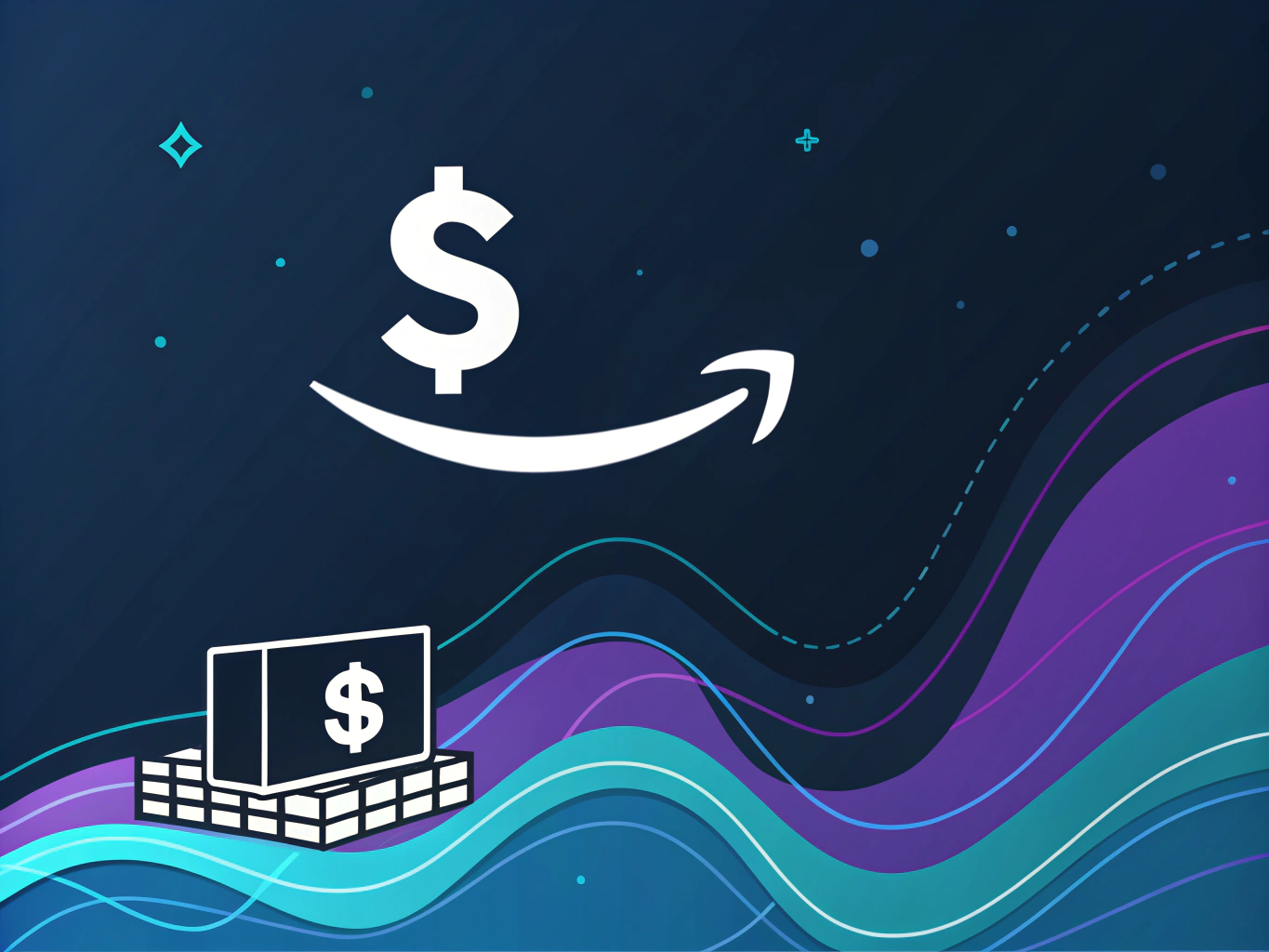
Let’s get real about making money with Amazon return pallets – because that’s why we’re all here, right? The reality is that buying these pallets is a bit like playing poker: you need both skill and strategy to come out ahead. And just like poker, the house (in this case, various liquidation platforms) always takes their cut.
I’ve seen countless ecommerce entrepreneurs dive into the return pallet game thinking they’ll flip everything for 3x profit within a week. Spoiler alert: it rarely works that way. But with the right approach? There’s definitely money to be made here.
Smart Inventory Management Strategies
First things first – when that pallet arrives, you need a system. Think of it like unboxing the world’s most expensive mystery box (because essentially, that’s what it is). Here’s what successful resellers do:
- Sort items into three categories: Ready to Sell, Needs Work, and Lost Cause
- Test EVERYTHING that plugs in or has batteries
- Document condition issues with photos (trust me, your future self will thank you)
- Research current market prices before setting your own
Choosing Your Sales Channels
Remember that old saying about not putting all your eggs in one basket? That applies double when you’re selling liquidation items. I’ve seen too many folks limit themselves to just eBay or Facebook Marketplace, missing out on serious profit potential.
Here’s where it gets interesting – different platforms work better for different types of items. Electronics? eBay all the way. Home goods? Facebook Marketplace is your friend. And don’t sleep on local flea markets – sometimes old school works best.
Risk Management: The Part Nobody Wants to Talk About
Look, buying amazon return pallets isn’t all sunshine and profitable flips. There are some serious pitfalls you need to watch out for. I’ve made these mistakes so you don’t have to (you’re welcome).
Hidden Costs That’ll Eat Your Profits
Storage costs can sneak up on you faster than a Prime delivery. Whether you’re renting warehouse space or filling up your garage, there’s always a cost associated with holding inventory. And let’s not forget about shipping – both incoming and outgoing. These costs can turn a seemingly profitable pallet into a break-even situation if you’re not careful.
Quality Control Nightmares
Here’s something the liquidation websites won’t tell you: sometimes what looks like minor damage in the manifest turns out to be a major headache in reality. I once bought a pallet listed as “90% functional electronics” only to find that most items needed repairs that would’ve cost more than their resale value.
Building Your Amazon Return Pallet Empire
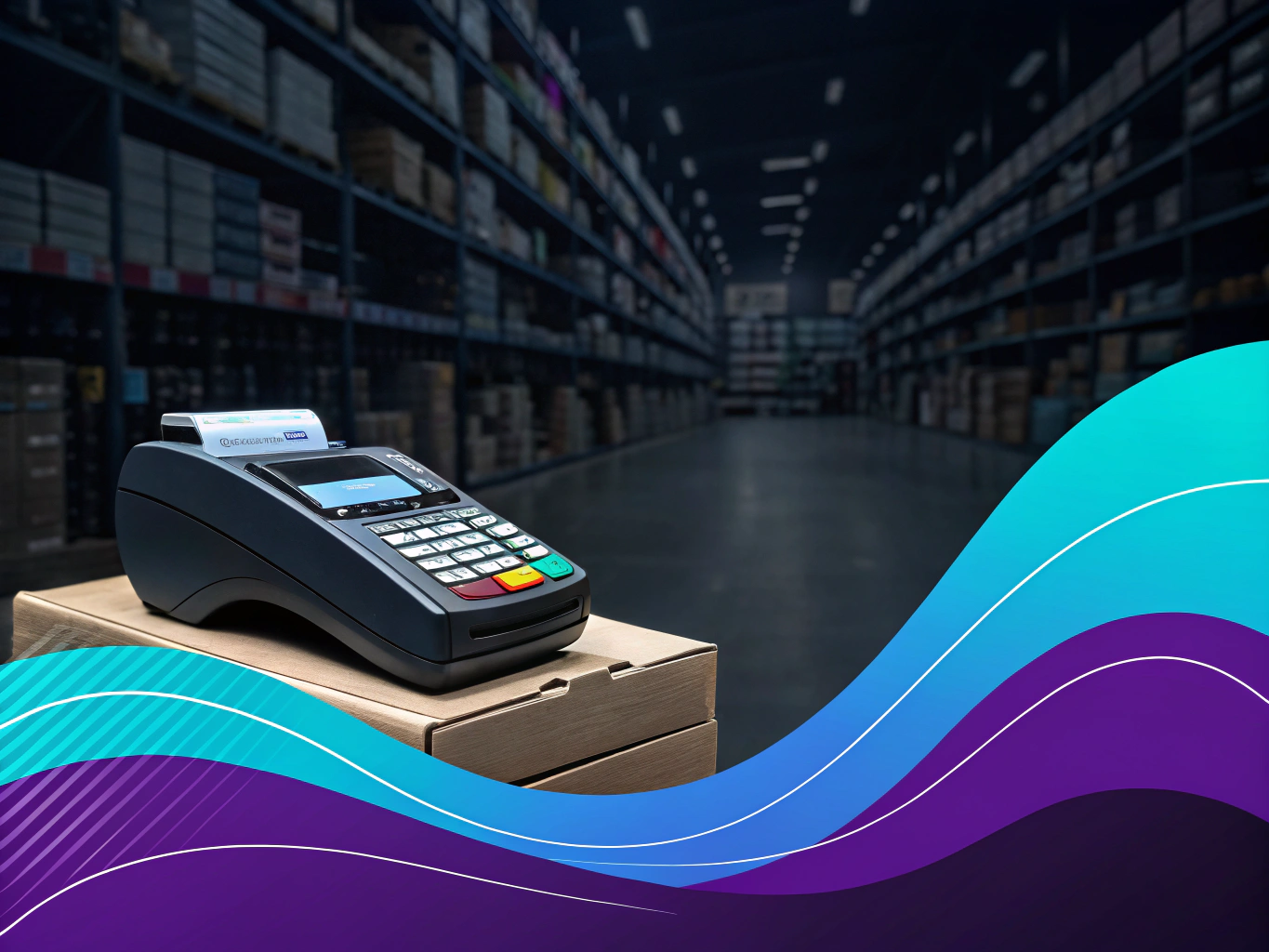
If you’re serious about making this a sustainable business (and not just a side hustle), you need to think bigger. This isn’t just about buying random pallets anymore – it’s about building relationships and creating systems.
Networking in the Liquidation World
The liquidation business is surprisingly old-school when it comes to relationships. Get to know your suppliers. Chat with the warehouse staff. Build connections with other buyers. Information is currency in this business, and the best deals often come through word of mouth.
Scaling Your Operations
Want to know the secret to scaling? It’s boring, but it works: documentation. Document every process, from how you unpack pallets to how you list items for sale. When you’re ready to hire help (and you will be if you’re successful), these processes will be your salvation.
Real Talk: Success Stories and Horror Stories
I’ve seen both ends of the spectrum in the Amazon return pallet game. There’s Sarah in Detroit who turned $2,000 worth of return pallets into a six-figure business in 18 months. But I’ve also seen Mike from Phoenix lose his shirt trying to flip high-end electronics without proper testing equipment.
The difference between success and failure usually comes down to three things:
- Research (knowing what you’re buying)
- Systems (having a plan for everything)
- Patience (not expecting overnight riches)
In the same way that understanding DeepSeek vs ChatGPT can impact how you leverage AI for business, knowing which liquidation platforms to trust makes a huge difference in profitability.
Future-Proofing Your Liquidation Business
The Amazon return pallet business isn’t going anywhere – if anything, it’s growing. But it is evolving. Smart resellers are already adapting to changes in the market.
Emerging Trends to Watch
We’re seeing a shift toward more specialized pallets – think category-specific loads rather than general merchandise. This is actually good news for serious buyers because it means less competition from casual flippers who don’t want to develop expertise in specific niches.
Sustainability and the Circular Economy
Here’s something interesting: consumers are becoming more environmentally conscious, and that’s creating opportunities in the liquidation space. Some savvy resellers are building entire brands around ‘rescued’ or ‘redirected’ products from return pallets. Just like investors analyze DeepSeek stock before making financial decisions, smart pallet buyers evaluate product manifests and market trends before making a purchase.
Final Thoughts on Amazon Return Pallets
Here’s the bottom line: buying Amazon return pallets can be a viable business model, but it’s not a get-rich-quick scheme. Success requires work, strategy, and a willingness to learn from mistakes (trust me, you’ll make plenty).
Think of it like any other business – the ones who succeed are usually the ones who treat it like a real business from day one. They track their numbers, build systems, and constantly look for ways to improve their operations.
If you’re considering getting into the Amazon return pallet game, start small, learn the ropes, and scale up gradually. Just like learning how to use Grok 3 for AI-driven insights, success in pallet flipping comes from understanding the tools and strategies that give you a competitive edge. And remember – sometimes the best deals are the ones you walk away from. Not every pallet is worth buying, no matter how good it looks on paper.
Now get out there and start building your liquidation empire – just remember to thank me when you’re swimming in successfully flipped return merchandise!
Related Articles:
- eBay Authenticity Guarantee: A Buyer’s Complete Guide
- Amazon Search Engine Marketing: What You Need to Know
- TikTok Dimensions: Master Video Sizes for Viral Success
Frequently Asked Questions
What does “Amazon returns for sale” mean?
Amazon returns for sale typically refer to merchandise that customers have returned to Amazon, which is then resold as part of bulk lots or pallets. These items can range from electronics to home goods and are often sold through liquidation companies or auction sites. Buyers can find these return pallets on platforms like Liquidation.com, B-Stock, or Direct Liquidation.
How to buy an Amazon return pallet?
To buy an Amazon return pallet, start by researching reputable liquidation marketplaces or auction sites that specialize in Amazon returns, such as Liquidation.com or B-Stock. Create an account, browse available pallets, and bid on or purchase the pallets that interest you. Ensure you understand the terms of sale and shipping arrangements before finalizing your purchase.
How much does it cost to buy an Amazon return pallet?
The cost of an Amazon return pallet varies widely depending on factors such as the category of items, the condition of the goods, and the liquidation marketplace. Prices can range from a few hundred to several thousand dollars. It’s important to factor in additional costs such as shipping and any potential buyer’s premiums when calculating the total expense.
Is the Amazon return pallet legit?
Yes, buying an Amazon return pallet is a legitimate way to purchase returned goods at a discounted price. However, it’s crucial to purchase from reputable liquidation platforms and to be aware that the condition of items can vary. Buyers should be prepared for the possibility that some items may be damaged or incomplete.
Can I buy return pallets directly from Amazon?
No, Amazon does not directly sell return pallets to the public. Instead, they partner with third-party liquidation companies that handle the sale of returned items. Interested buyers should seek out these authorized liquidation companies to purchase Amazon return pallets.
About the Author
Vijay Jacob is the founder and chief contributing writer for ProductScope AI focused on storytelling in AI and tech. You can follow him on X and LinkedIn, and ProductScope AI on X and on LinkedIn.
We’re also building a powerful AI Studio for Brands & Creators to sell smarter and faster with AI. With PS Studio you can generate AI Images, AI Videos, Chat and Automate repeat writing with AI Agents that can produce content in your voice and tone all in one place. If you sell on Amazon you can even optimize your Amazon Product Listings or get unique customer insights with PS Optimize.
🎁 Limited time Bonus: I put together an exclusive welcome gift called the “Formula,” which includes all of my free checklists (from SEO to Image Design to content creation at scale), including the top AI agents, and ways to scale your brand & content strategy today. Sign up free to get 200 PS Studio credits on us, and as a bonus, you will receive the “formula” via email as a thank you for your time.

